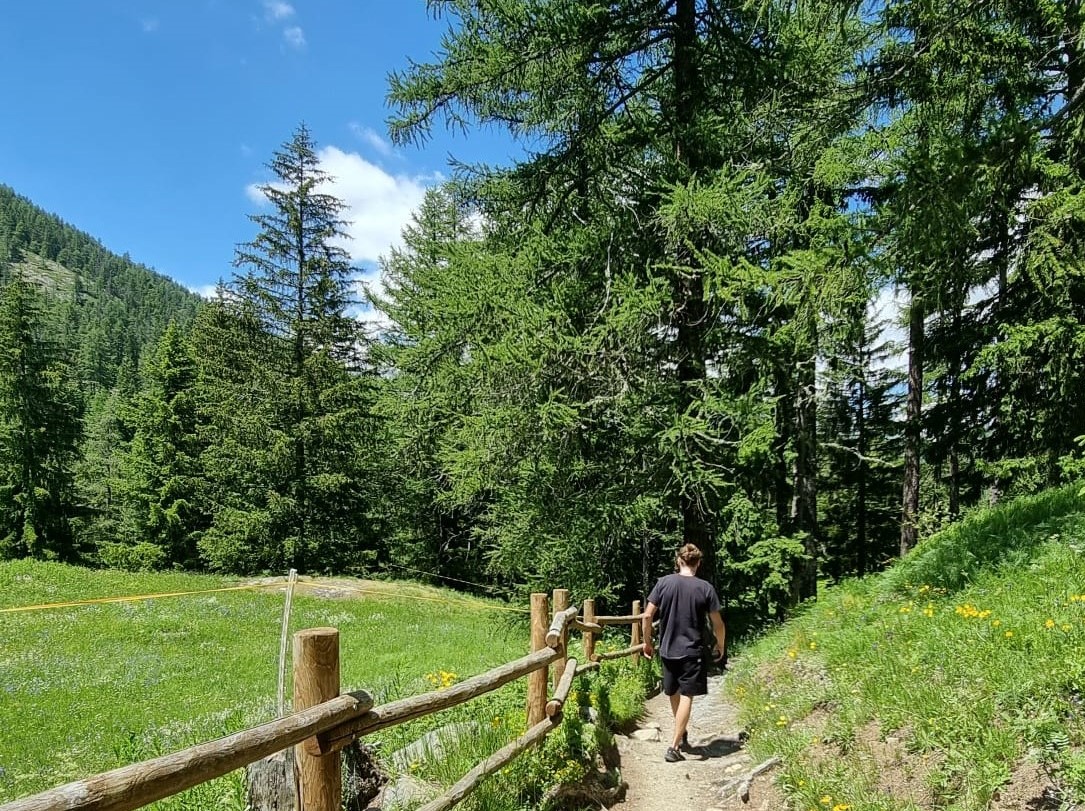Endless exploration
nature, culture and trails
Trekking in La Thuile offers an extraordinary adventure: 520 kilometres of trails, 210 hours of walking, and a total elevation gain of 37,900 metres. This is the luxury of boundless space on the rugged slopes of Mont Blanc’s wild side. We have carefully mapped out 55 routes to suit every preference, all while respecting the natural environment. From short, flat loops ideal for families and children to more demanding trails for those seeking to push their limits, and treks steeped in the ancient history of our mountains – there's something for everyone.
No matter what you choose for your trekking route in La Thuile, you'll experience nature at its most awe-inspiring: 22 pristine lakes, the most stunning waterfalls in the Aosta Valley, the imposing Rutor glacier, and the majestic Mont Blanc. It's a sublime and unspoiled natural landscape that invites you to observe and immerse yourself, without altering its essence.





